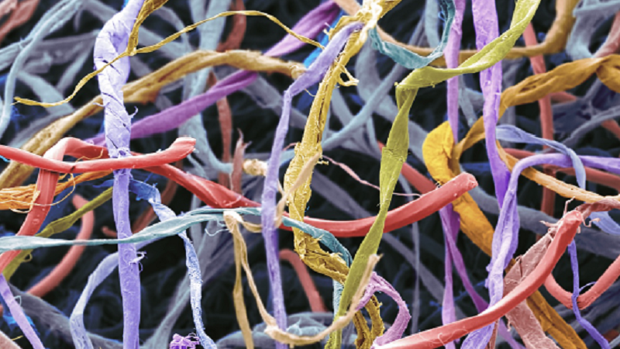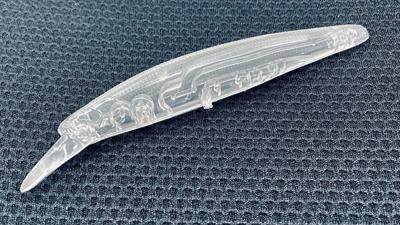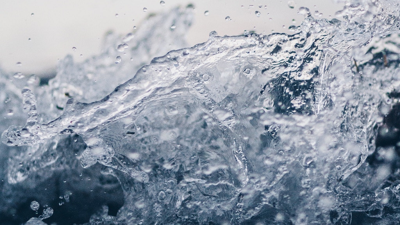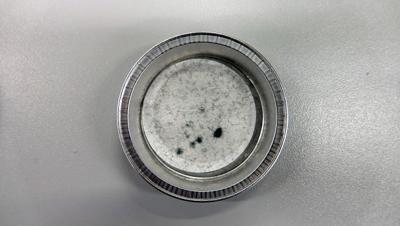Xeros/UoS

(Source: Xeros)
Microfibers, smaller than 5 mm, break off from textiles through wearing and laundering garments and textiles. It is estimated that every year more than half a million tons of microfibers are released into the oceans worldwide simply from washing our clothing. Research shows that microfibers from synthetic textiles (known as microplastics) are one of the biggest sources of microplastic pollution in the world’s oceans.
In order to address this significant environmental problem, Xeros Technology, Rotherham/UK, has partnered with the University of Surrey, Guildford/UK, to jointly fund pioneering research to upcycle the microfibers captured from laundering clothes into a useful and valuable carbon material.
Xeros Technology developed a washing machine filtration device, XFilter, which captures the microfibers and prevents their release into the world’s oceans. This filter lasts the lifetime of a washing machine and allows users to place the captured microfibers directly into their bin to be disposed of with other household waste, as is already done with vacuum cleaners and tumble driers that collect similar mixed fibers. Microfiber waste from filtration is a complex material to recycle within existing recycling infrastructure: not only are the microfibers often mixed materials, but they also contain captured dirt and soil.
For this reason, Xeros have teamed up the University of Surrey – to accelerative research into improved methods to permanently reduce this continued pollution build-up in the future.
Led by Dr. Melis Duyar, the team from the University of Surrey and North Carolina State University, Raleigh, NC/USA, developed a new method specifically designed to upcycle textile micro/nano fibers shed during the washing and drying of clothes. The method produces clean hydrogen and solid carbon nanomaterials as a by-product.
The carbon nanomaterials developed using this upcycling method can be used in various essential products including batteries, solar cells and medical devices.
The project will begin in January 2023 with research conducted over a 12-month period.
In order to address this significant environmental problem, Xeros Technology, Rotherham/UK, has partnered with the University of Surrey, Guildford/UK, to jointly fund pioneering research to upcycle the microfibers captured from laundering clothes into a useful and valuable carbon material.
Xeros Technology developed a washing machine filtration device, XFilter, which captures the microfibers and prevents their release into the world’s oceans. This filter lasts the lifetime of a washing machine and allows users to place the captured microfibers directly into their bin to be disposed of with other household waste, as is already done with vacuum cleaners and tumble driers that collect similar mixed fibers. Microfiber waste from filtration is a complex material to recycle within existing recycling infrastructure: not only are the microfibers often mixed materials, but they also contain captured dirt and soil.
For this reason, Xeros have teamed up the University of Surrey – to accelerative research into improved methods to permanently reduce this continued pollution build-up in the future.
Led by Dr. Melis Duyar, the team from the University of Surrey and North Carolina State University, Raleigh, NC/USA, developed a new method specifically designed to upcycle textile micro/nano fibers shed during the washing and drying of clothes. The method produces clean hydrogen and solid carbon nanomaterials as a by-product.
The carbon nanomaterials developed using this upcycling method can be used in various essential products including batteries, solar cells and medical devices.
The project will begin in January 2023 with research conducted over a 12-month period.



